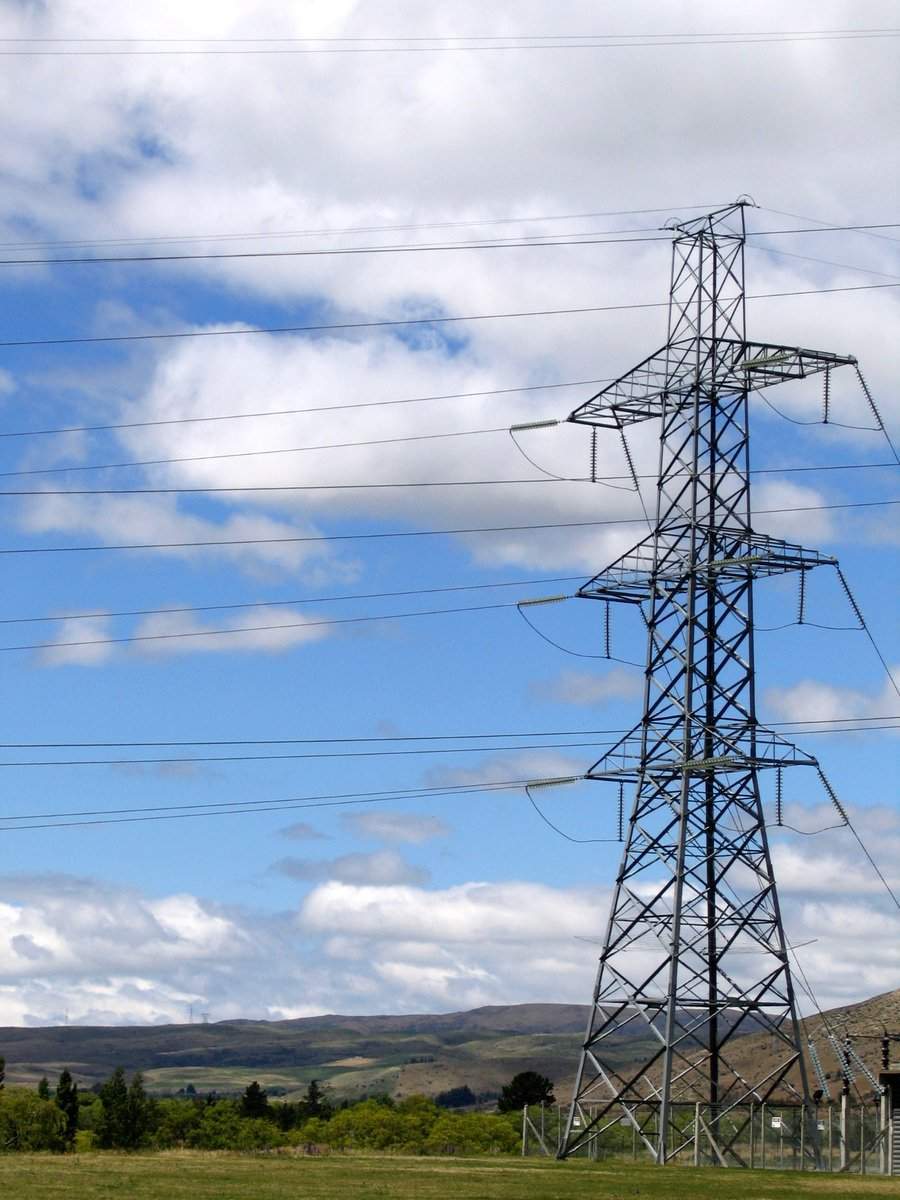World Bank has announced the commissioning of the high voltage Dhalkebar substation in southern Nepal to help strengthen cross-border electricity trade between Nepal and India.

Image: The new substation in Nepal will serve as the main hub to receive electricity from India. Photo: courtesy of Tracy Toh/Freeimages.com.
Said to be the first interconnection between Nepal and India operating at this voltage level, the 220kV Dhalkebar substation is the main hub to receive electricity from India. It will transmit the power to load centers throughout the country.
Additionally, the substation will receive excess electricity, whenever available, in Nepal’s power system via the Hetauda–Dhalkebar–Inaruwa transmission line, which is currently under construction.
World Bank Nepal country manager Faris Hadad-Zervos said: “Increasing access to reliable electricity in a timely and cost-effective manner is one of the most significant development challenges facing Nepal today.
“The operation of the transmission line signals a more robust domestic transmission, and opens up immense possibilities of cross-border trade and electricity interchange.”
Works are currently underway to upgrade the Dhalkebar substation to 400kV, World Bank said.
The substation forms part of the World Bank-supported Nepal-India Electricity Transmission and Trade Project, which aims to establish 1GW cross-border transmission link between India and Nepal to facilitate electricity trade.
World Bank task team leader for the project Rabin Shrestha said: “As the first interconnection between Nepal and India operating at 220 kV voltage level, it will be a challenging task to ensure power system stability and synchronization with India’s electric power system.
“However, the experience of operating this substation will enable the Nepal Electricity Authority to identify and rectify constraints in systems operation and gradually upgrade other concomitant substations to 220 kV as well.”
The substation is expected to help import about 300MW of power to meet most of the peak shortages in Nepal, which currently generates 1,074MW of electricity far less than its potential of an estimated 40,000MW.
Additionally, World Bank is working with government agencies and Nepal Electricity Authority to ensure timely completion of transmission lines.
